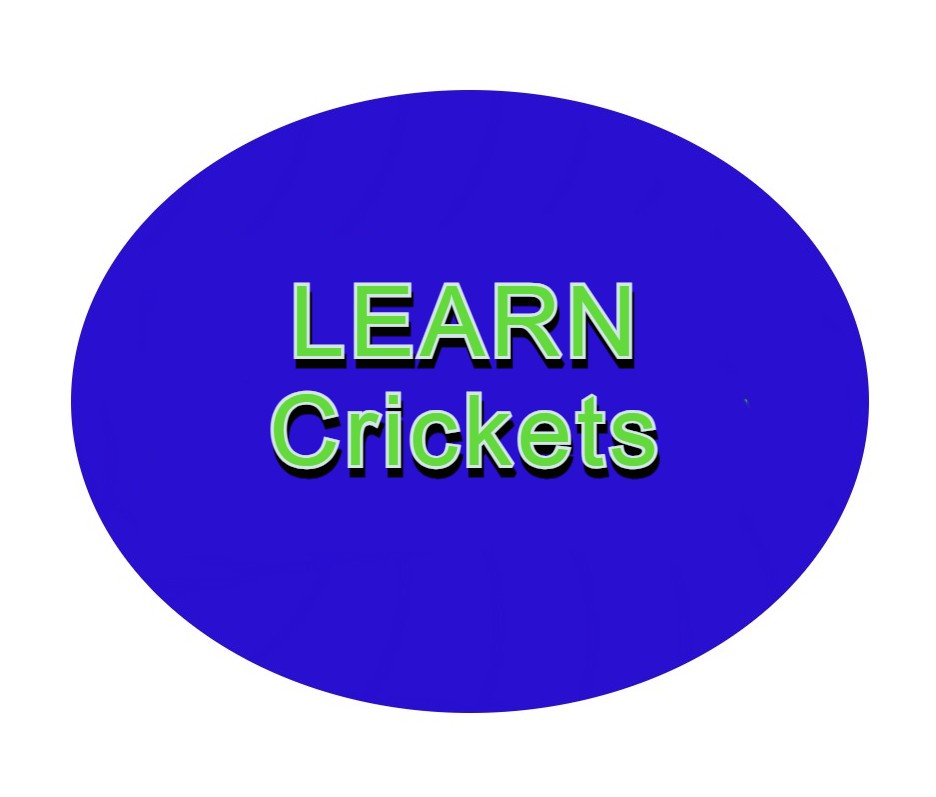Contents
Rules of crickets
A match in cricket is played between 2 teams. Each team has 11 players. Before playing the match, the umpire tossed the captains of the two teams. The team that wins the toss decides whether to bat or field. One team bats and the other team fields the ball. Those who bat first try to score maximum runs against the opposition team.
Every cricket match has two innings. In the first innings, one team bats and tries to score as many runs as possible, giving the opposing team a target of runs. In the second innings, the opposing team chased that run. If the opposing team can score that run, they can win, and if they can’t, they will be losers.
During the game, two batsmen of the batting team came to bat on the field. A striker batsman plays the ball, and another non-striker batsman runs with the striker batsman to score runs. When one batsman is out another batsman comes to bat.
All 11 members of the fielding team are in the field. One player bowls and the other 10 fields, the one who bowls is called a bowler. A fielder stands behind the striker to catch the batsman’s missed balls, called the wicketkeeper.
Each bowler bowls one over. There are 6 balls in one over. After one bowler bowls one over, another bowler comes to the bowl the next over.
Ways to score runs
There are many ways to score runs.
By batting
After the striker batsman hits the ball and returns the ball from the fielder to the wicketkeeper/bowler, the number of times the two batsmen alternate is the number of runs scored., it can be one, two, or more runs. There are also FOUR RUNS AND SIX RUNS. If the ball crosses the boundary after hitting the ground then it is FOUR runs, in cricket terms it is called a boundary and if the ball crosses the boundary and hits the ground after hitting the bat then it is six runs in cricket terms is called an over-boundary.
According to the rules of cricket, there are other runs including no ball, wide ball, bye, and leg bye.
Wide ball
If a ball goes past the batsman, where the batsman cannot make a run, the umpire declares the ball as a wide ball, and one run is added to the batsman’s team.

No Ball
There are some rules in cricket, if a bowler does not obey those rules, then the umpire declares the ball as a no-ball.
1. If the bowler’s foot crosses the bowling line then it is a no-ball.
- If it bounces more than twice, i.e. the ball goes over the batsman’s head more than twice, then it is a no-ball.
3. If the fielders are standing in an illegal position then it is a no-ball.
A batsman has no other outs except a no-ball run-out. And for a no-ball, the batsman gets a free hit on the next delivery, but the batsman has no other out than a runout.
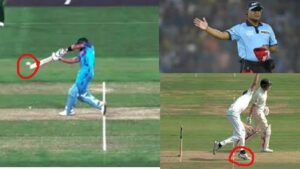
Bye run
When a batsman hits the ball somewhere else on his body while playing the ball, then the umpire declares the run as a bye run. Ans after the batsman hits the ball, the run taken by the batsman is declared as a bye run if no other fielder catches the ball while the fielder is fielding the ball back.
How many ways can a batsman be out?
A batsman can be out in different ways. When a batsman is out by a bowler, then is called the bowler has taken a wicket. According to the rules of cricket, the batsman’s out is as follows.
Bowled out
If the ball hits the striking batsmen’s wicket, it is called a bowl out.

Caught out
–After a batsman hits the ball or touches the ball with his bat or hands/gloves if a fielder catches the ball before it touches the circle ground, the batsman is out, called a caught out.

Leg Before Wicket (LBW)
–If the ball hits the leg of the batsman first without hitting the bat, then the umpire decides LBW. However, the umpire has to follow some rules in cricket to give this out.
The umpire has to judge whether the ball would have hit the wicket without the batsman. If in his judgment the ball hits the wicket, the umpire declares it as out.
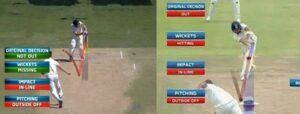
Stumped out
If a batsman goes outside the popping pitch to hit the ball and misses the ball, then the wicketkeeper catches the ball and stumps out before the batsman comes back inside the popping pitch.
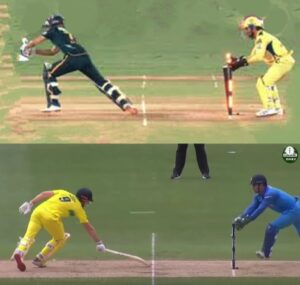
Run Out
A batsman runs from one end of the pitch to the other end to score runs after hitting the ball. If a fielder hits the wicket by the ball before the batsman reaches the other end, the batsman is out. This is called run out.
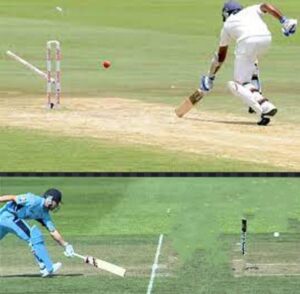
Hit Wicket
–If a batsman touches the wicket behind with the bat or any other part of his body while hitting the ball, he is out. This is called a hit wicket.
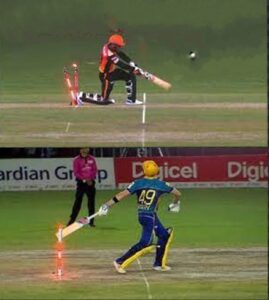
Timed Out
After one batsman is out, another batsman comes to the field to bat. According to the rules of cricket, the incoming batsman has to enter the field within three minutes, if he does not enter the field within three minutes, the umpire gives him out. This is called time out.- Conclusion
There are many other cricket rules. However, these are most of the basics and will get you well on your way to playing the game. Many of the more advanced rules & laws can be learned along the way and are not vital to general play.
